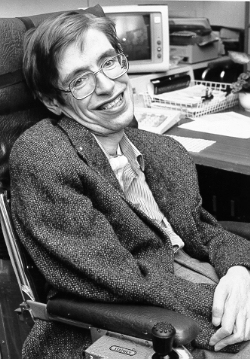Introduction to the free course
on Systems Theory
Science has made discoveries that have totally revolutionised our lives. We have travelled to the moon and to the depths of the oceans. We can move about the planet and communicate instantaneoulsy but science has also been limited. It has traditionally used reductionist methods to solve problems. That means taking something that is too complex to understand and breaking it down into smaller and smaller parts until they each become understandable. If you had never seen a car before, you could pull it all a part and look at the pieces to work out what the whole car did. It is difficult from just looking at the parts to imagine that a car could travel about at 100km/hr. You might manage that but understanding living creatures are far more complex and elusive. We still do not understand everything about how life happens.
Reductionism misses the way the parts that make up any system are connected to each other. Reductionism often misses the bigger picture that the system exists within. We can learn a lot about a rats by cutting it up and exploring the pieces, but we will not learn about living rats and how they come to be alive from examining the pieces.
There is a number of key concepts and models that are used in Systems Theory that will be each discussed in this course to give you the background to understanding of Systems Theory. It is certainly a useful collection of tools and model, but it actually offers far more. Systems offers a whole new way to look at the world and make sense of what is happening. What seemed like disconnected parts magically come alive for us and we can feel connected back again to our place in the world. Once you get what systems are all about, the world becomes a different place. You look for the connections and you work to brings the parts together more effectively.

Prof. Stephen Hawking has stated, “The next century will be the century of complexity”.
Join us on a non-technical voyage of discovery into this exciting, new world.

